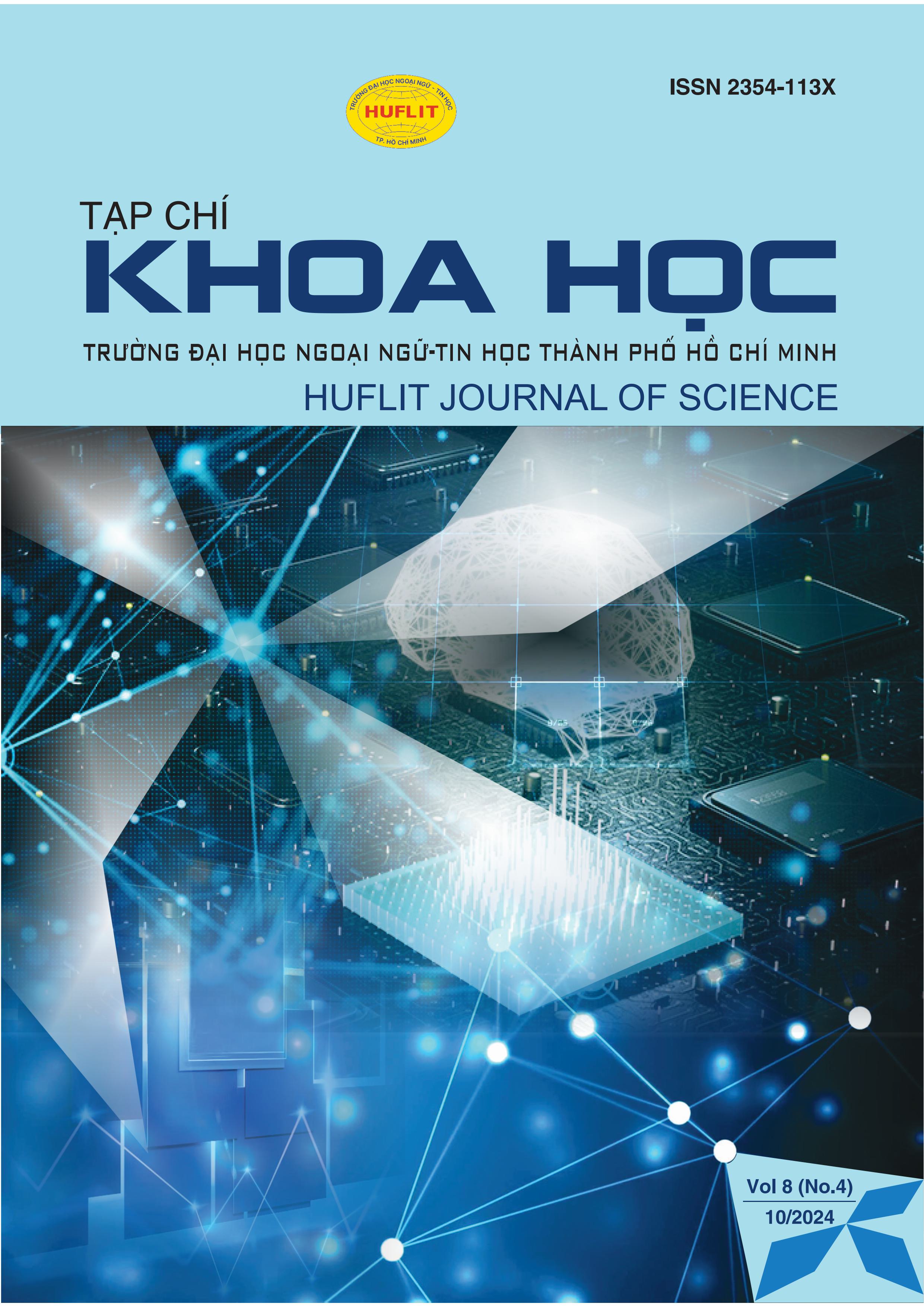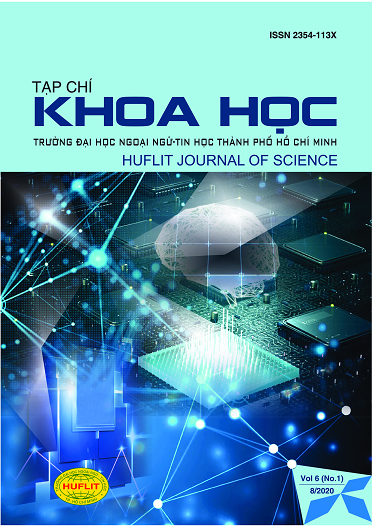PARTICLE 「の」 IN CONTRASTIVE LINGUISTICS: JAPANESE - VIETNAMESE
Abstract
This paper presents a method for translating the noun modifier structure "N1のN2" from Japanese to Vietnamese in a Japanese-Vietnamese machine translation system. In Japanese, when a noun is modified by another noun, 「の」 is almost always used to link the two nouns. 「の」 represents various semantic relationships between the two nouns: nominalization of verb complements, nominalization of noun predicate modifiers, indicating possession or whole/part relationships, etc. In Vietnamese, based on the semantic relationship between the two nouns, this structure uses different prepositions (ở, có, của, etc.) and is expressed in various forms with different word orders. Similar issues also arise when translating from Japanese to English (using various prepositions like at, in, with, etc.). To date, there have been many studies on "N1のN2" from a linguistic perspective, but most of these studies have focused on the Japanese-English language pair. With Vietnamese as the target language, this paper can be considered the first study to address this issue in Japanese-Vietnamese machine translation.



